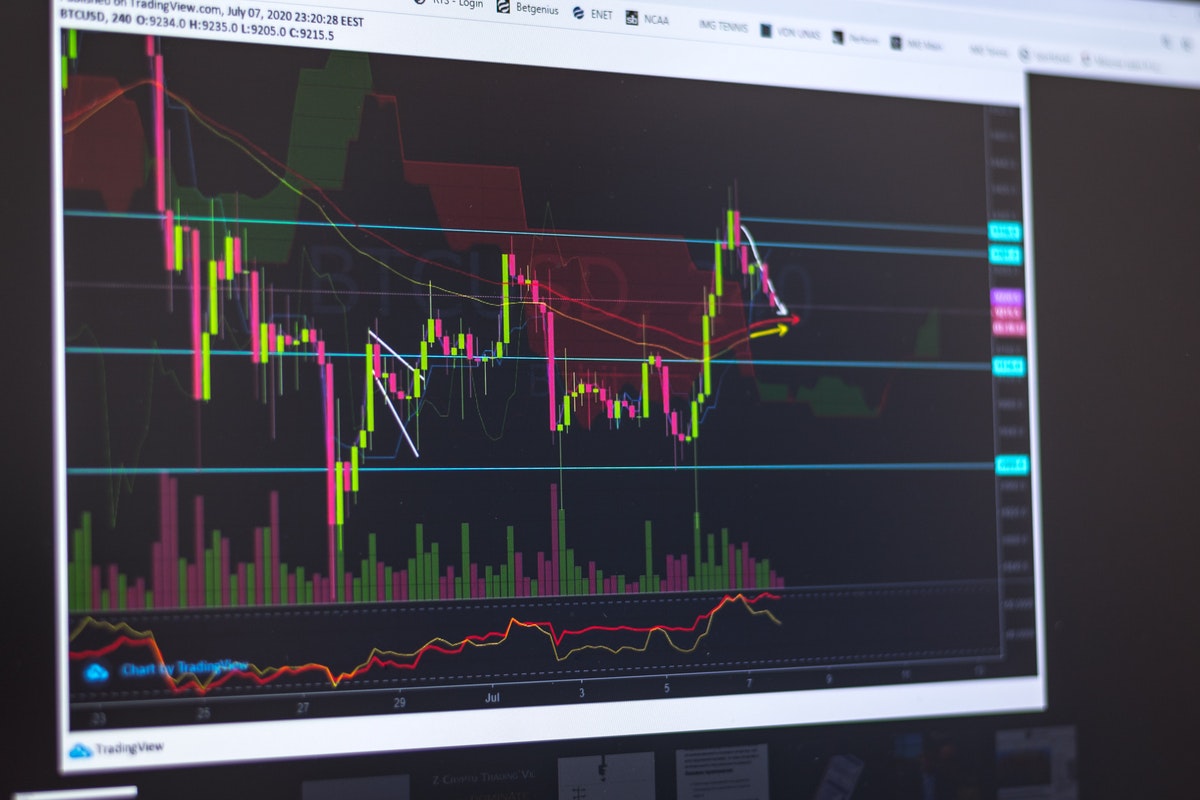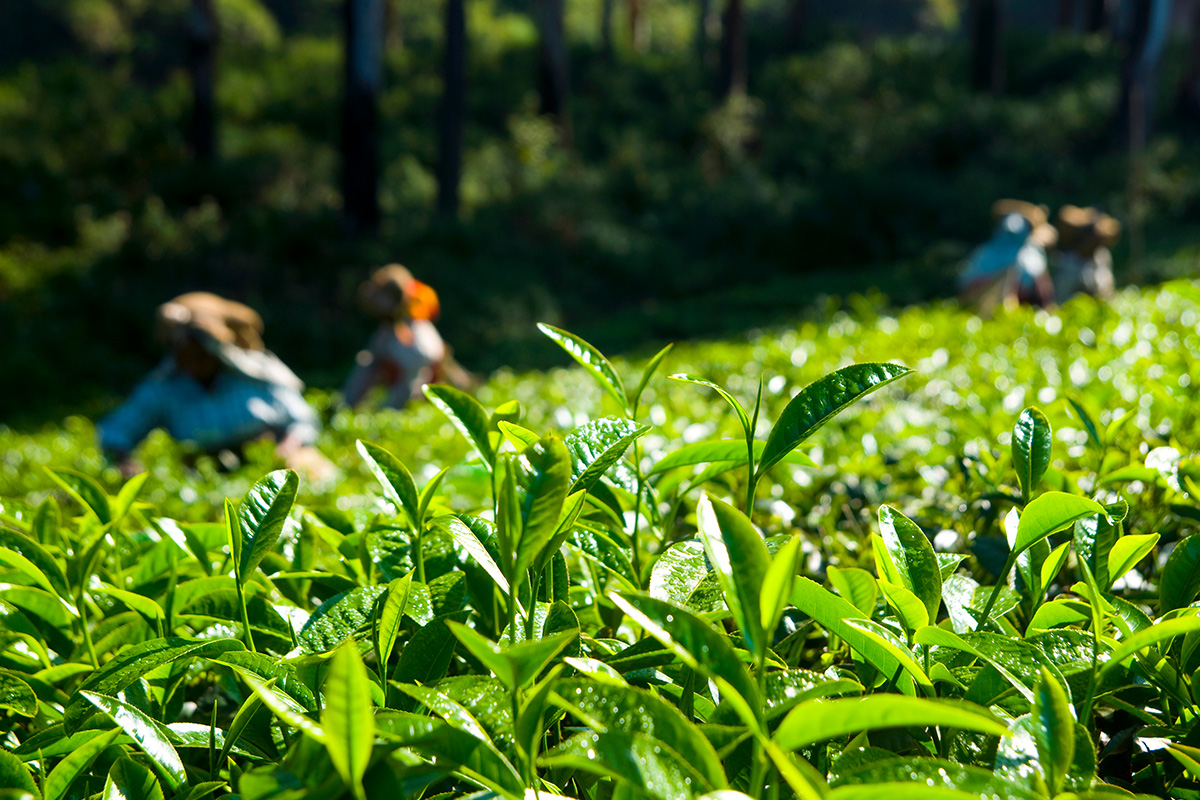Turkey’s New Export Climate Index is Announced

The Istanbul Chamber of Industry (ICI) released the Turkish Manufacturing Industry Export Climate Index for January 2022. The index analyzes the operating conditions of the Turkish manufacturing sector in the main export markets. All figures in the index that are greater than 50 indicate an improvement in the export climate. While values less than 50 indicate a deterioration.
In the calculation of the Turkey Export Climate Index, the national PMI indices of the countries that are among the main export markets of the Turkish manufacturing sector are used.
These indices are calculated in the light of data obtained from surveys conducted regularly in more than 40 countries by IHS Markit. The data are created using statistics on the share of export markets in Turkish manufacturing exports. With this index, which is a preliminary indicator, the development and potential of Turkey’s main export markets can be monitored. Moreover, with this method, clues can be obtained about which markets to focus on.
The Turkish Manufacturing Industry Export Climate Index was above 50 in January. It indicated an increase in manufacturers’ export climate for the 12th consecutive month. The index, which was at 53.9 in December, fell to 52.3 in January, the lowest level since February 2021. The faster strengthening of demand conditions in February was mainly due to the stabilization of the Omicron variant in many main export markets.
Turkey’s Export Climate is Continuously Strengthening
The index continued its recovery, which started after 19.1, the lowest level in data history, in April 2020. It exceeded the threshold value of 50 for the first time in July 2020 and remained above the threshold value.
The Manufacturing Sector Export Climate Index, which was measured as 53.9 in December, pointed out that the strengthening of the export climate continues healthily. With this continuation, the current improvement trend has reached 11 months. The improvement in demand conditions was at the most moderate level of the last 10 months. This was due to the emergence of the Omicron variant of the Covid-19 epidemic and the consequent disruptions in the main export markets.
Andrew Harker, Economics Director of IHS Markit, evaluated the Export Climate Index.
“The spread of the Omicron variant continued to negatively impact the demand from Turkish manufacturers in the main export markets in January. This effect was most notable in the USA. However, the recent easing of the pandemic in some countries has strengthened hopes that the slowdowns will be short-lived. And that demand will start to grow faster in the coming period of 2022,” said Harker.

Omicron Variant of Covid-19 Affected Exports in the World
The improvement in the demand conditions of the export markets continued to slow down in the first month of the year. This was again due to the disruptions caused by the Omicron variant of the Covid-19 outbreak. One of the reasons for the slowdowns in the first month is USA’s sudden decreased momentums. The introduction of the Omicron variation contributed to the country’s sluggish growth, which has slowed to its lowest level in a year and a half.
The United States, Turkey’s second-largest export market after Germany, accounts for around 7% of total manufacturing sector exports. In Germany, after the slight decline in December, the production gave signs of improvement in January. January data pointed to a strong increase in economic activity.
The Omicron variant had a negative impact on operations in various other Eurozone countries. While production growth in France and Italy has slowed, economic activity in Spain has decreased for the first time in nearly a year. On the other hand, the manufacturing sector’s demand circumstances in the Netherlands began to improve in 2022. In the United Kingdom, where there are hints of an abating Omicron wave, production climbed sharply. And growth accelerated compared to the previous month.
Strongest Growth Rates in the Middle East
The strongest growth rates were recorded in the Middle East in January. Economic activity increased rapidly in Qatar and the United Arab Emirates. On the other hand, production in Egypt, which continued to slow down, recorded the sharpest drop since June 2020. There are more positive developments in parts of Central and Eastern Europe. While growth accelerated in Poland and the Czech Republic, economic activity in Russia recorded a moderate increase after two months of contraction.
Despite the slowing recovery in Poland, demand in the Czech Republic has significantly strengthened. Czech Republic’s manufacturing industry production had the fastest increase since the last August. The state of emergency in Kazakhstan adversely affected the activities and the sharpest contraction in economic activity took place in this country in the first month of the year.
“Unfortunately, the global economy ended 2021 under a familiar outlook, and the Covid-19 pandemic continued to determine economic trends. The Omicron variant played a disruptive role in economic activities in countries where it became dominant. As of the beginning of 2022, the possibility of the variant spreading to other parts of the world poses a significant risk to growth,” said Harker.




